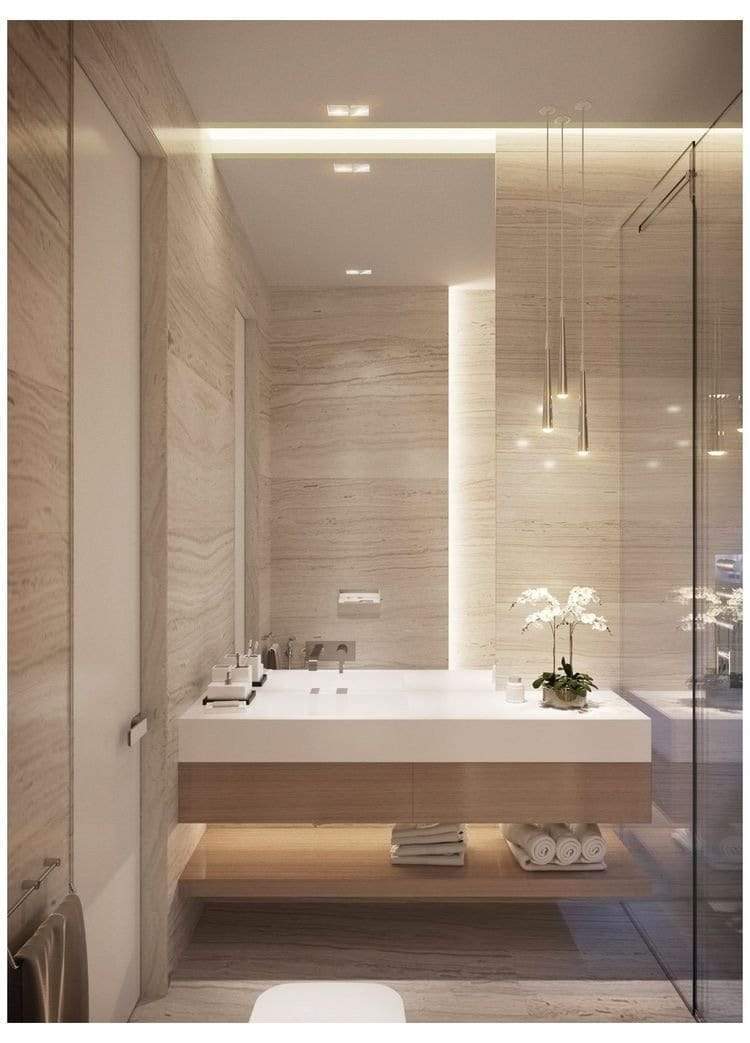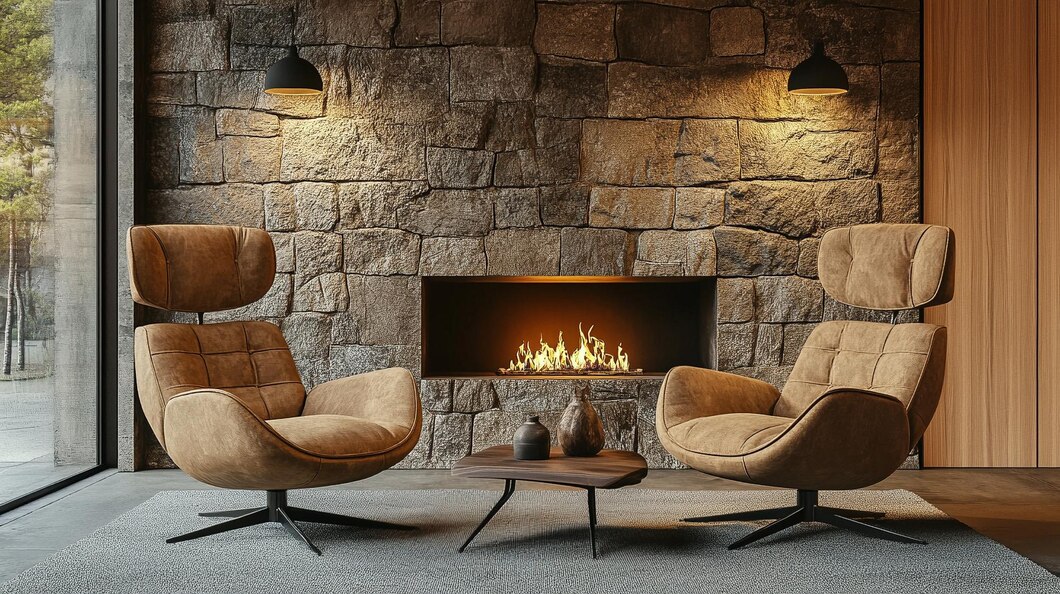
Travertine Marble Finishes Explained: Polished, Honed, Brushed, and Tumbled
Travertine marble has long been celebrated for its natural beauty, durability, and timeless elegance. Sourced from regions rich in limestone deposits, this stone has become a preferred choice for homeowners, architects, and interior designers across the globe. In Chennai, travertine marble is especially popular for flooring, wall cladding, countertops, and decorative accents due to its versatile aesthetics and long-lasting appeal. However, one of the most critical decisions when selecting travertine is choosing the right finish. Each finish not only affects the appearance but also the texture, maintenance, and overall experience of the stone. Here’s a detailed look at the most common travertine marble finishes: polished, honed, brushed, and tumbled.
1. Polished Finish
The polished finish is arguably the most luxurious and striking option for travertine marble. Achieved through a mechanical process that grinds and buffs the surface to a high-gloss shine, polished travertine enhances the natural veining and patterns of the stone.
Advantages of Polished Travertine:
-
Reflects light beautifully, making spaces appear larger and brighter.
-
Highlights the intricate patterns and veins, giving a rich, sophisticated look.
-
Smooth surface feels elegant underfoot, perfect for interiors like living rooms and bathrooms.
Considerations:
-
Polished travertine can be slippery when wet, so it’s not ideal for pool areas or high-traffic wet spaces.
-
Requires regular maintenance to retain its shine, including periodic sealing.
2. Honed Finish
A honed finish provides a softer, matte look compared to polished travertine. The surface is sanded and smoothed without the glossy sheen, resulting in a natural, understated elegance.
Advantages of Honed Travertine:
-
Less slippery than polished marble, making it suitable for kitchens and bathrooms.
-
Hides scratches and etches better than polished surfaces.
-
Offers a versatile look that complements both modern and traditional designs.
Considerations:
-
Matte finish may appear slightly dull compared to polished surfaces, but it provides a sophisticated charm.
-
Regular sealing is recommended to prevent staining.
3. Brushed Finish
The brushed finish is created by treating the surface of travertine with wire brushes to give it a slightly textured, aged appearance. This finish emphasizes the stone’s natural character, giving it a rustic, weathered appeal.
Advantages of Brushed Travertine:
-
Adds depth and texture, making it ideal for outdoor spaces, patios, and driveways.
-
Non-slip surface makes it safe for wet areas.
-
Gives a unique, antique-like appearance without compromising durability.
Considerations:
-
The texture may require more frequent cleaning to remove dirt from crevices.
-
Less reflective, so it may not brighten spaces as polished marble does.
4. Tumbled Finish
Tumbled travertine is one of the oldest and most traditional finishes. The stone is mechanically tumbled with sand, pebbles, or other materials to create a naturally weathered, soft, and rustic look.
Advantages of Tumbled Travertine:
-
Smooth yet slightly rugged texture gives a classic, Mediterranean appeal.
-
Non-slip, making it ideal for outdoor patios, pool surrounds, and garden pathways.
-
The natural variations and aged effect make it forgiving to minor chips or stains.
Considerations:
-
Less uniform in appearance, which may not suit very modern or minimalist designs.
-
Requires sealing to protect against moisture and stains.
Choosing the Right Finish for Travertine Marble in Chennai
Selecting the ideal travertine finish depends on your space, design vision, and functional requirements. For high-end interiors or areas where elegance is paramount, polished travertine is an excellent choice. If safety and versatility are priorities, honed or tumbled finishes work perfectly. For those seeking a rustic or antique feel, brushed travertine adds character and charm.
In Chennai, where climate and lifestyle considerations are essential, many architects and homeowners prefer honed or tumbled finishes for outdoor and wet areas, while polished travertine is reserved for living spaces and decorative installations. Local suppliers and showrooms offer a variety of options, making it easier to choose travertine marble that fits both aesthetic and practical needs.
Conclusion
Understanding the different travertine marble finishes — polished, honed, brushed, and tumbled — is key to making an informed choice that aligns with your design goals and lifestyle. Each finish offers distinct advantages, from the high-gloss sophistication of polished travertine to the rustic charm of tumbled surfaces. For those looking for travertine marble in Chennai, exploring these finishes ensures a perfect blend of beauty, durability, and functionality. Whether for indoor elegance or outdoor sophistication, travertine marble remains a timeless investment in your home or commercial space.



